What happens when you combine hiking and camping with biking? You get something called bikepacking. It’s exactly what it sounds like…a sport that involves putting packs and gear onto bikes and riding into an adventure. If the first image that pops into your mind when you hear the word ‘bikepacking’ is a cyclist chugging along the shoulder, loaded up with four panniers, one on each side of both wheels, you’re forgiven. That’s bike touring. It’s been around for ages and people are still very much traveling this way. But in recent years, there’s been an uptick in the number of people swapping out panniers for other types of bags, frames and surfaces. If bike touring is the grandfather of bike adventures, then bikepacking is it’s cooler, lighter, grittier offspring. It’s what fastpacking is to backpacking. And it’s here to stay.
New companies now bursting onto the bikepacking scene are only turning out better gear to help both the newbie and the hard-core cyclist access adventures on two wheels. The gear fits onto bikes in a way that’s sleek, balanced, and light, making it possible for riders to pedal across more than just pavement. Most bikepackers, while they’ll ride roads, prefer gravel and dirt, and, in general, are opting for mountain bikes over road bikes.
Ride What Ya Got
At first glance, bikepacking might seem like the kind of sport with a steep entry point. A quick Google search or a scroll through Instagram will turn up tons of images of tricked-out bikes and complex looking setups. But in actuality, you can go bikepacking on pretty much any bike. Don’t spend a ton of money on new gear, including a set of wheels, until you take a trip or two. Ride what’s parked in your garage and figure out what you need and want. Then, if you like it, you can buy a frame specific to bikepacking and optimize your experience.
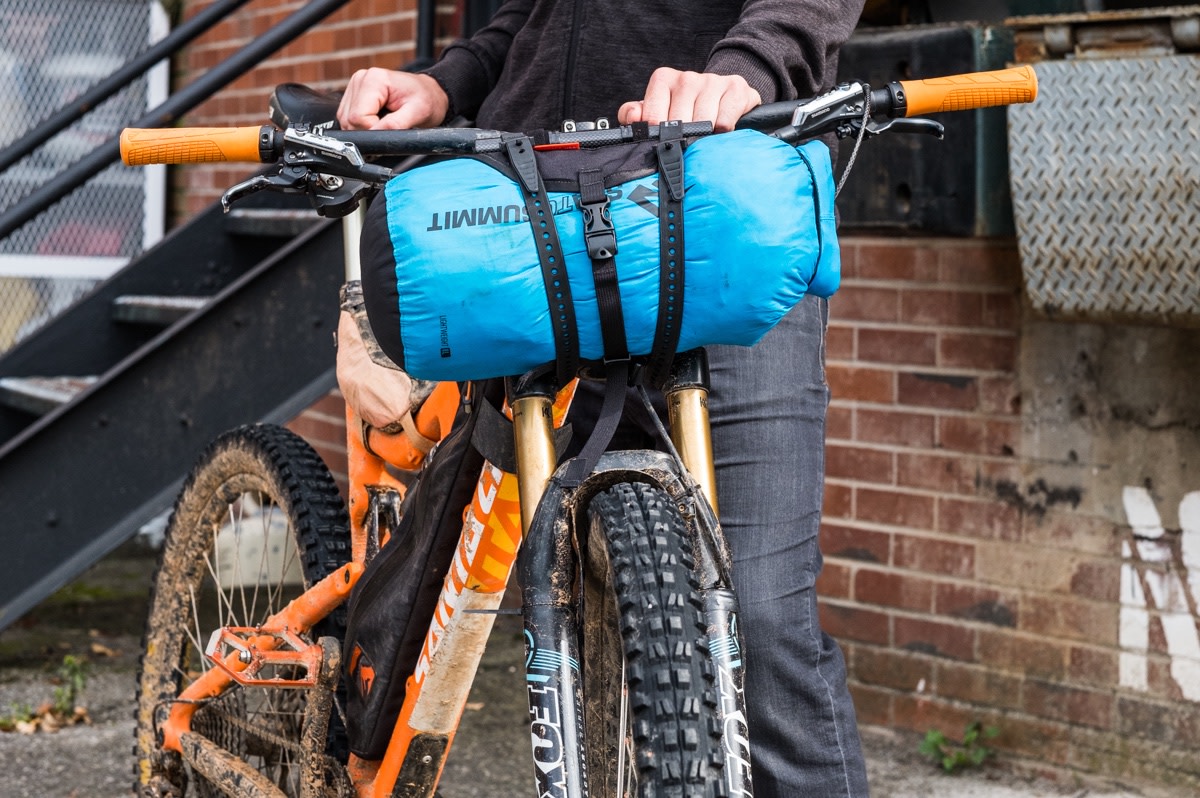
Pack What Ya Got
Again, keep your investment to a minimum while you’re deciding whether or not bikepacking is something you want to fully commit to. If you’ve got a hydration pack or backpack, use it. Osprey’s Raptor is a good option but for your first ride, but there’s no need to be picky. “Don’t feel like you need a full kit to get out on the trails,” says Greg Hardy, owner of Rockgeist, a custom bikepacking company in Asheville, NC. “Grab a few Voile straps (pictured above) to anchor dry bags to a rack or handlebars and that’s all you need to get started.”
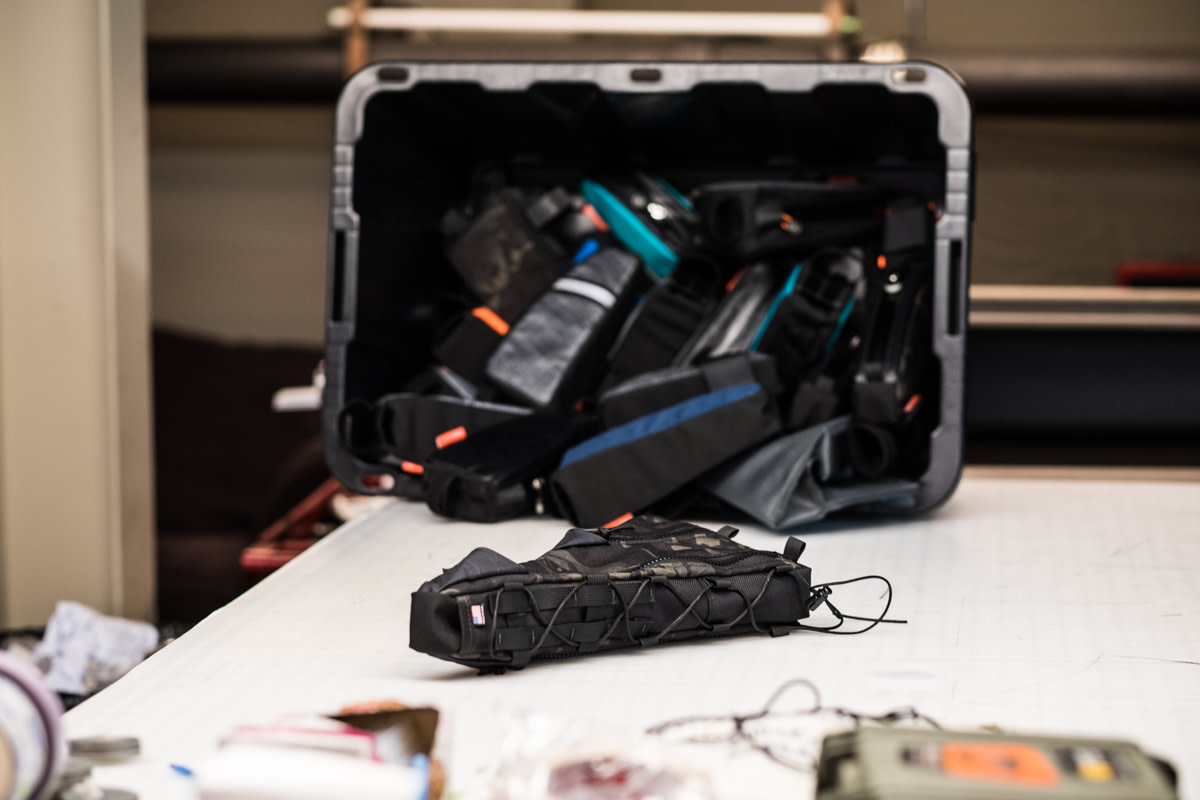
Rent
If you’re reluctant to take your first bikepacking trip with random equipment, we get it. The proper gear can be the difference between an okay trip and an excellent one. (And improper gear can sometimes ruin a trip altogether.) Luckily, you’ve got options as more and more companies around the country, like Swift Adventure Co., Mountain Bike SF, and Rockgeist, are offering bikepacking rentals. It’s a good way to test-drive what you’re considering purchasing, and a low-cost way to see whether or not you even like the sport.
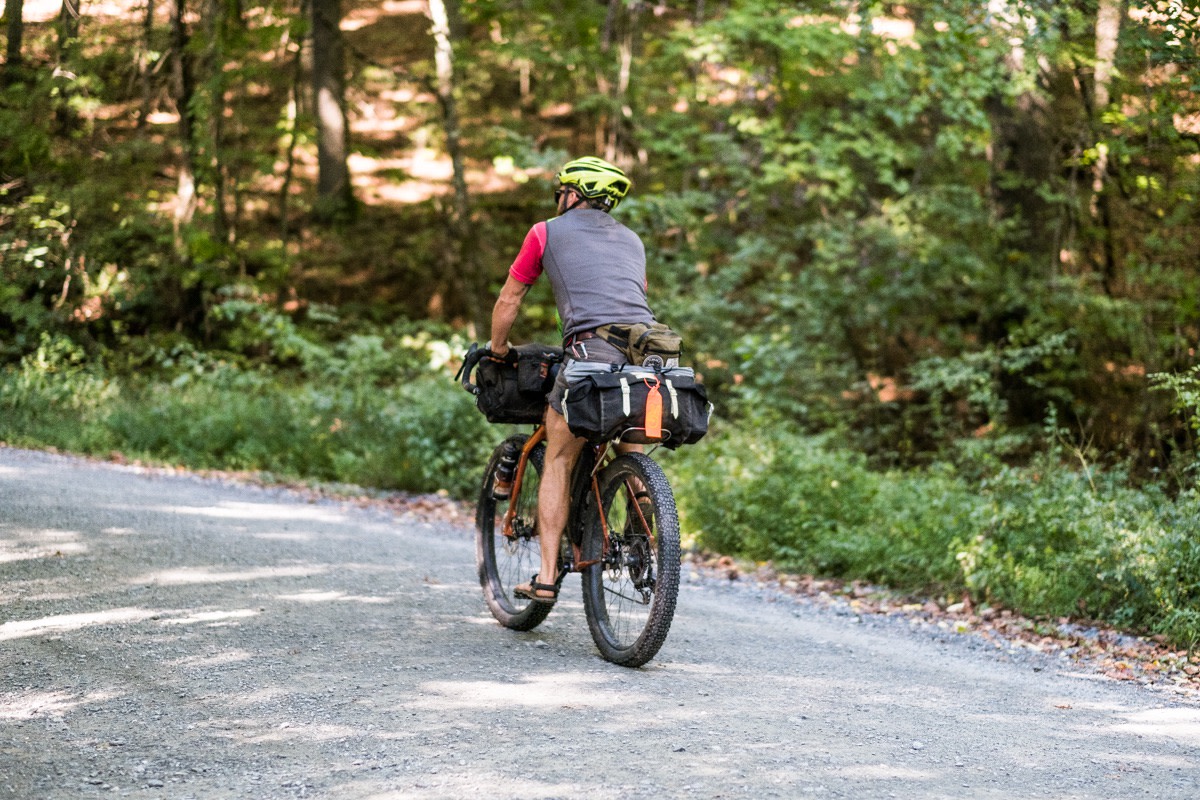
Take Your First Trip
At some point, you just have to get on your bike and go. We recommend making the first trip short and somewhat close to home. Ryan Prentiss of Asheville, NC (pictured above) started bike touring in 2012 and transitioned into bikepacking in 2016. He rode from San Francisco to Peru in 2018 and has been bikepacking ever since. His advice to new bikepackers? “Don’t try to ride too far, too early,” Prentiss says. “Be nice to your body and your body will adapt to life on a bike.” In other words, plan a short trek, get out there, and repeat. Slowly build up your mileage and extend your trips from long day-rides to weekend adventures and beyond.
Don’t Pack the Kitchen Sink
The desire to prepare for anything and everything is not a bad thing. In some situations, it’s necessary. But when it comes to bikepacking, consider what’s absolutely necessary and what’s maybe not so important (books, hiking boots, camera gear). The idea is to pack somewhat minimally so that you can travel light and fast. Prentiss says his most valuable bikepacking gear item is his Vargo Bot 700, a titanium pot with a watertight screw-top lid. He uses it to boil tea, prepare food, and store leftovers. Everything you choose to bring, you’ll have to carry with you for the long-haul, so choose wisely.
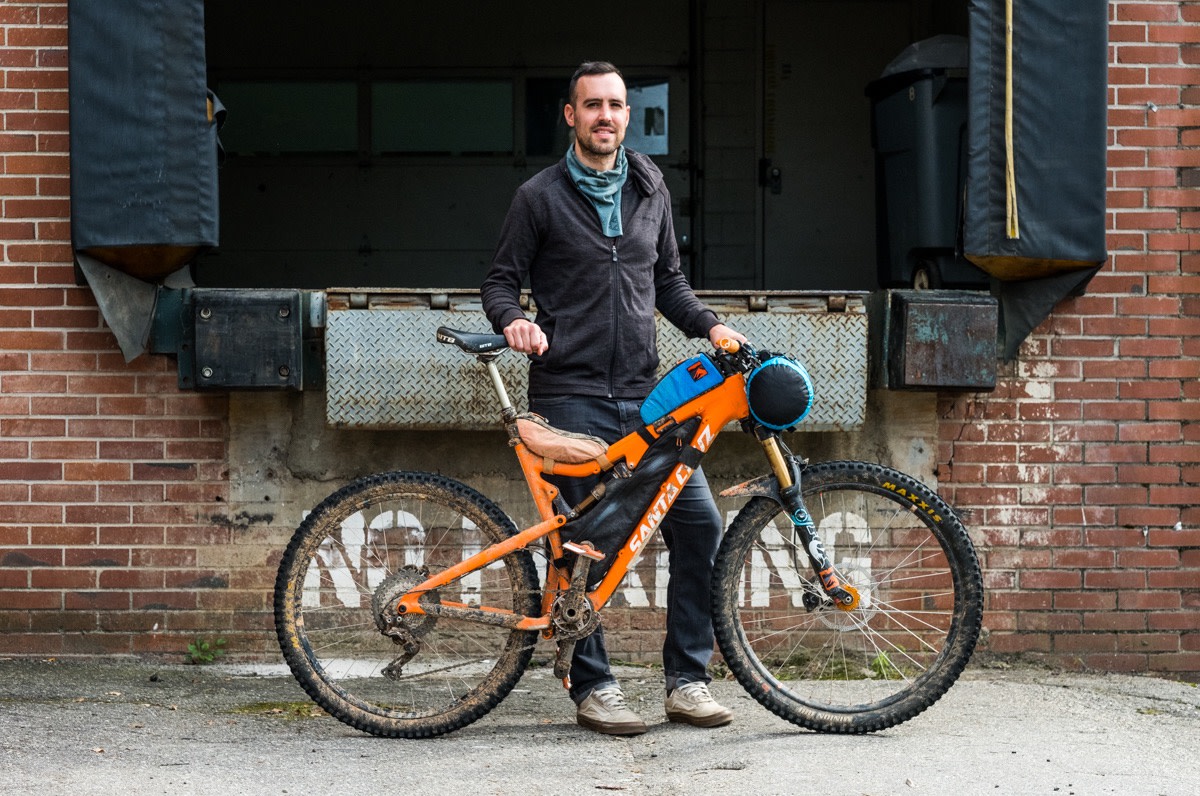
Invest Wisely
Ready to invest in some gear? “The first piece of gear we recommend investing in is a framebag,” Hardy says. “It has great packing versatility and convenience, carries weight low on the bike for optimal handling, and can double as a storage option during regular trail riding/commuting.” After that, your options are numerous. Hardy currently has on his bike (pictured above), the Mudlust Custom Framebag, Cache Top Tube Bag, Barjam Harness, and a Medic Bag. The beauty of most of these bags though is that they can be quickly and easily removed. You’re not married to one particular setup so you can change your gear based on your next, longer ride.
from Men's Journal https://ift.tt/2GRDBEz
via IFTTT


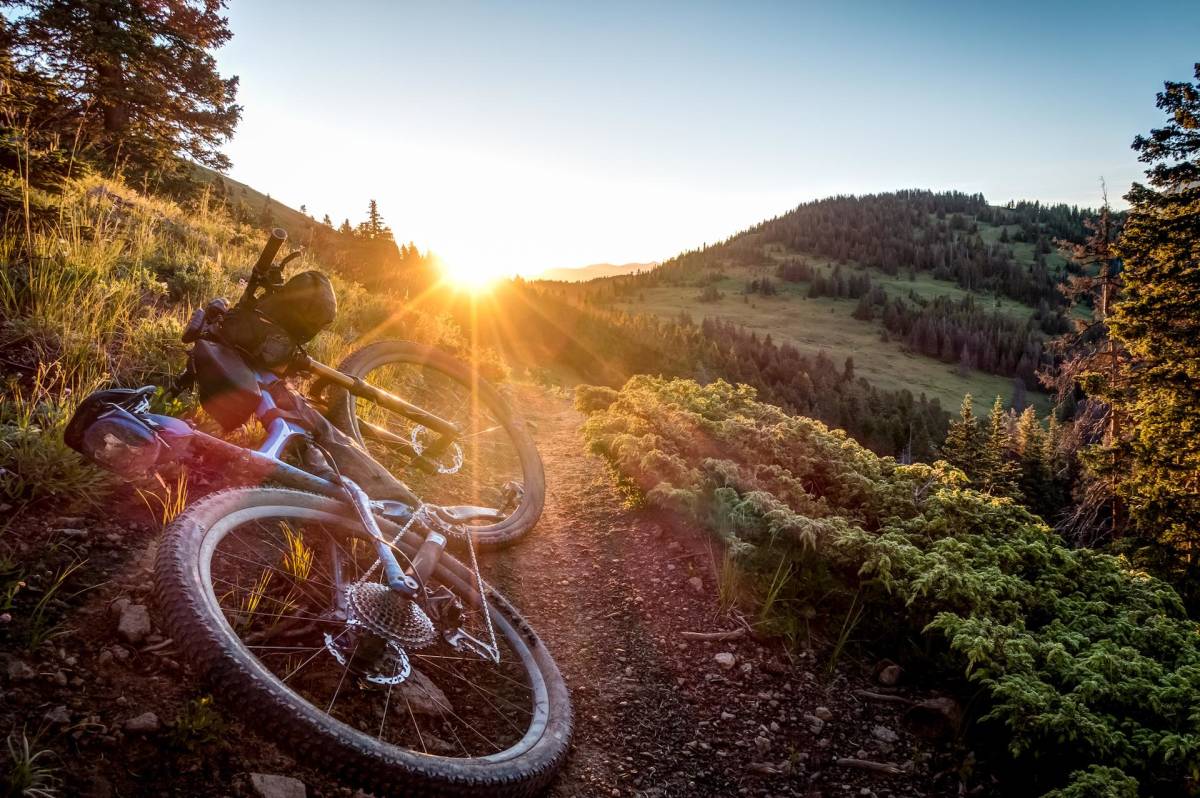








0 comments:
Post a Comment